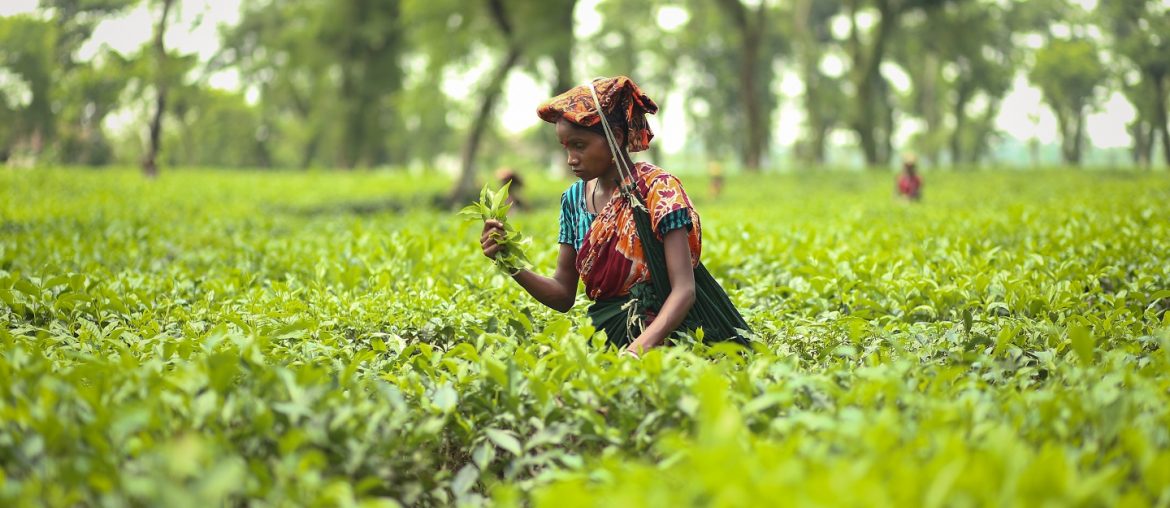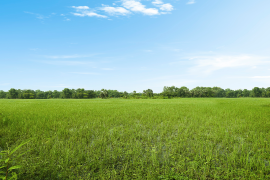Imposing mountain range, magnificent waterfalls, lush greenery; Sylhet is embellished with an abundance of natural beauty. From tea gardens surrounded by opulent greenery and rocky rivers in the valleys of mountains, to hypnotizing dense forests, what’s not here? Sylhet has contributed immensely to the tourism and tea industry. That being said, it is hard not to fall in love with a place with this much to offer. Today we will talk about all the reasons why I love Sylhet.
Lifestyle
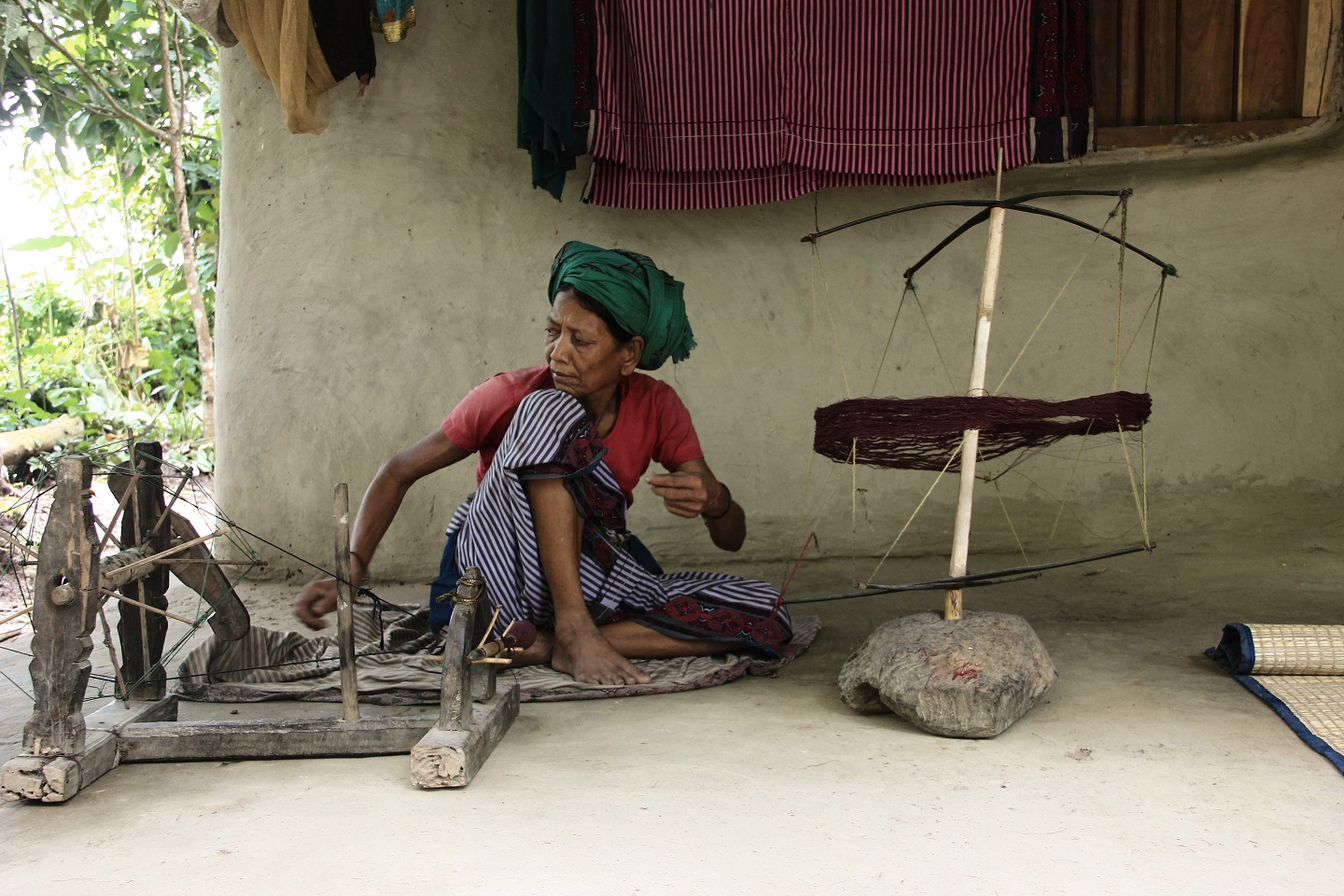
The lifestyle of the people residing in an area is the reflection of the place itself. So if you want to be acquainted with an area, be familiarized with the lifestyle of the dwellers of the locality. That being said, the people of Sylhet are fond of comfort. With no unnecessary competition over who can outsell or outrun who, the custom of starting businesses as early as possible is rather rare here. Maybe this is because of all the great attributes such as gentleness and humbleness that the people of Sylhet have. Just like the other regions of the country, Sylhet houses people from all walks of life with different cultures, customs, and belief systems.
With a collection of people from Manipuri, Patra, Khasia, Chakma, Tripura, and Santal ethnic groups,Sylhet is rich in culture with a diverse history and tradition. Majars, or the tombs of famous auliyas, are notable places of Sylhet; the impact of which is so great that it became an integral part of the culture itself.
A huge number of Sylheti people live outside the country. The United Kingdom, United States, Middle East; people from Sylhet are spread across the globe. This also translates into receiving more remittance which is one of the entire division’s primary sources of income. However, the livelihood of people revolves around two things – tea and tourism. Others are associated with sand and stone businesses. Apart from these, two industrial towns have been set up under the management of the government. This has contributed immensely in creating employment opportunities for the residents of Sylhet.
Another interesting thing about Sylhet is that the local dialect, which is also known as “Nagar Lipi”, is very diverse and vastly different from the conventional Bengali language. This is also a fascinating example of Sylhet’s distinct culture.
Transportation
Bus, train, and airplane; these are the three ways to reach Sylhet. Although the airport is on the outskirts of the main town, the road to the airport is mesmerising. Surrounded by tea gardens on both sides, the landscape is fascinating. The road inside the city is excellent and much better than before. The roads that lead to other places of interest are also in good condition. However, since heavy trucks regularly transport stone, sand, etc. from Bholaganj and Jaflong to other places, these roads are prone to frequent damage and need to be repaired regularly. Rickshaws and tempu are two of the primary transportation systems to travel inside the city. Sylheties also love cycling a lot. But you need a boat or sports utility vehicle or SUVs to reach some of the remote places inside the city.
Places of interest
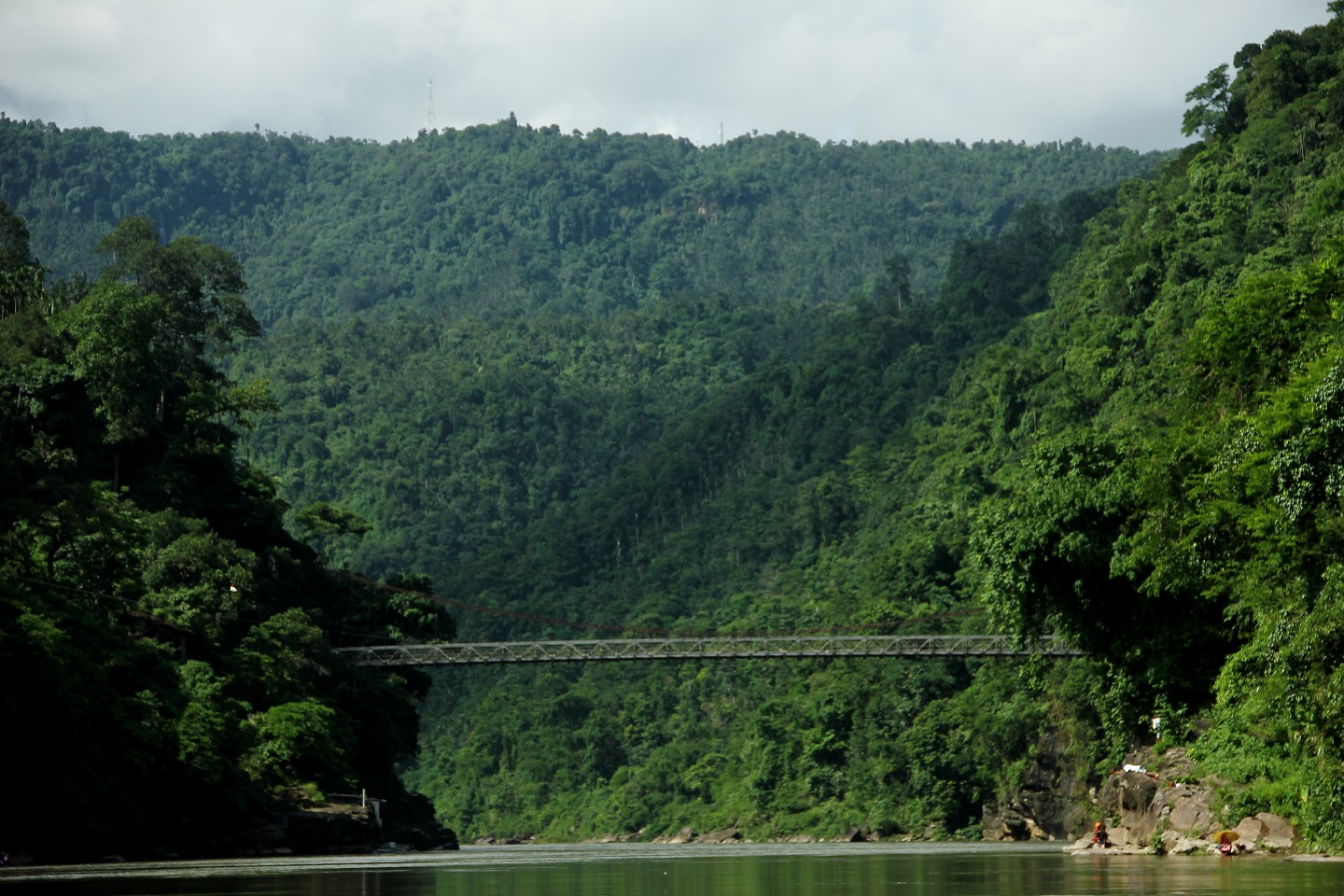
Sylhet is filled with magnificent natural beauty. The green of Jaintia Hills and the turquoise blue of Lalakhal along with rocky Goyain rivers meandering through the rocky mountains of Meghalaya adorn the North with mesmerising views, where crossing Gowainghat Upazila will take you to some of the most popular tourist spots including Ratargul, Jaflong, Bichanakandi, Jaintapur, and Lalakhal.
Ratargul, the only freshwater swamp forest of Bangladesh, offering spectacular views and experiences is also a wildlife sanctuary. The main attractions of Jaflong and Bichanakandi, on the other hand, are the ethereal landscape of mountain tops covered with clouds and the bone chilling stream of transparent water in the rocky river. Jaintapur itself is a city of divine beauty standing with the centuries-old historic Jaintia Rajbari. Lalakhal, located in the valley of the Indian state of Cherrapunji, is surrounded by deep forests, tea gardens and rivers.
This part of Sylhet is located at the end of the India-Bangladesh border which slits through many beautiful places dividing and placing them between Bangladesh and India. Panthumai waterfall, for example, descends a hundred feet into Bangladesh but belongs to the indian state of Meghalaya. However, thousands of tourists come to the banks of the Piyain river located at the last frontier of Bangladesh to enjoy the otherworldly beauty of the waterfall.
The South part of Sylhet, on the other hand, is the main town. Here tourists crowd around the majars. Famous for being the holy land of 360 auliyas, the majar of Hazrat Shahjalal (ra) and the majar of Hazrat Shah Paran (ra) are notable among places of interest in Sylhet. Also, there are other establishments including the Raja Museum and the Osmani Memorial Museum which had been built in memoriam of eminent personalities.
There are some tea gardens on the edge of the city, of which Malnichhara tea garden is the most renowned one. Also, the hilly tea gardens are the oldest and the largest in the entire subcontinent. Besides tea, rubber and orange are also cultivated here.
Food
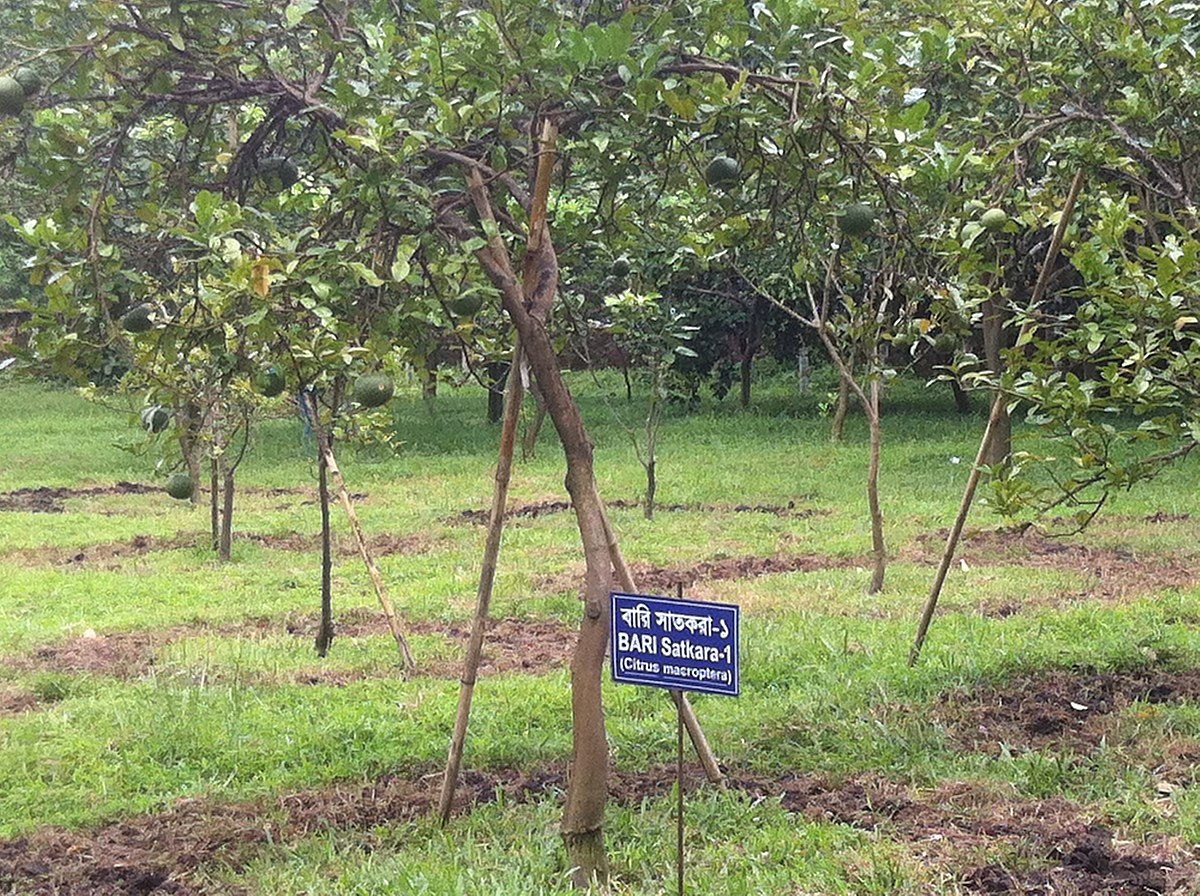
The local cuisine of Sylhet is very distinct. Sylheties use satkara quite often(a kind of citrus fruit) when cooking fish or meat. The sour taste of the fruit adds a different flavor to the dishes. In Sylhet, the custom of having Ataap rice is also very common. This sticky rice is also used to make different kinds of sweets. Colorful sticky rice is one of the traditional foods of Sylhet. The way of making polao and biryani is also different where “Akhni polao” or “Akhni biryani” is made with a distinctive cooking style adding ghee, meat, and vegetables. History has played a major role in creating the cooking and eating habits of the people of this district. Due to the arrival of sufis (who mostly came from the middle east) Moghlai, Middle-Eastern, and North Indian food also became a part of Sylheti culture. Pudding called Tusha and Shinni are also very popular due to majars where they gained their popularity.
The cuisine of the Khasia, Manipuri, Kuki, etc. ethnic groups has also influenced the food culture of the region. Duck cooked with bamboo shoots is one such food very popular in Sylhet.
Sylheti cuisines are also spread across different restaurants in the world, mostly in London and other western countries. Famous historian Lizzie Collingham also stated in her book “Curry: A Biography” that Sylheti curry added a new dimension to the food habit of Brits.
Apart from that, there are restaurants like Panchbhai, Pansi, Palki, etc. in the Zindabazar area which offer mouth watering local dishes. The incomparable taste of those dishes including mashed items, fish, and meat with rice will make you go there again and again. So how can food not be one of the reasons why I love Sylhet?
River
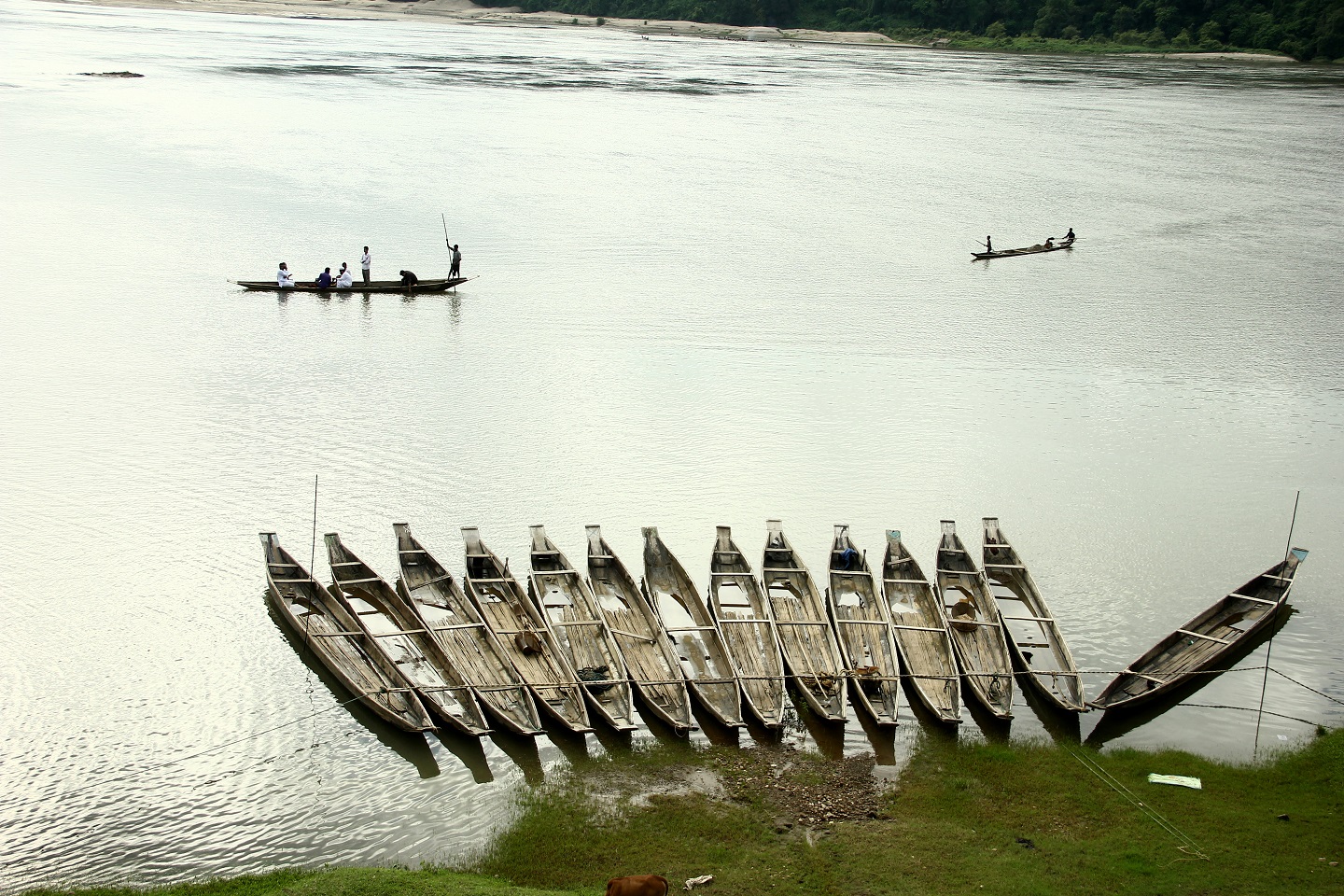
The main river of Sylhet is the Surma. Descending from the mountain of Monipur, this river with a strong current is one of the reasons why I love Sylhet. Currently, due to mass industrialization and urbanization, this river has lost much of its charm and is in danger. However, the river flourishes fully in the monsoon with all its glory when it brims with water. The description of this river can be found in history as well. Many people still think the river ‘Sarabati’ described in the Amarkosh dictionary is actually the Surma river. There is a reference to ‘Sylhet Port’ in Arabian history as well which tells us that once the river was bustling with economic activity.
And many traditional monuments have been built on the banks of Surma such as Ali Amjad’s (the famous zamindar of Prithvimpasha) life size clock and Kean Bridge. Kean Bridge and how it came into existence is steeped in history. To celebrate the arrival of then governor of Assam Micle Kean, this bridge was built. Although currently the bridge is not suitable for heavy traffic, people flock to it to enjoy the view of the beautiful bridge.
Kingdom of tea
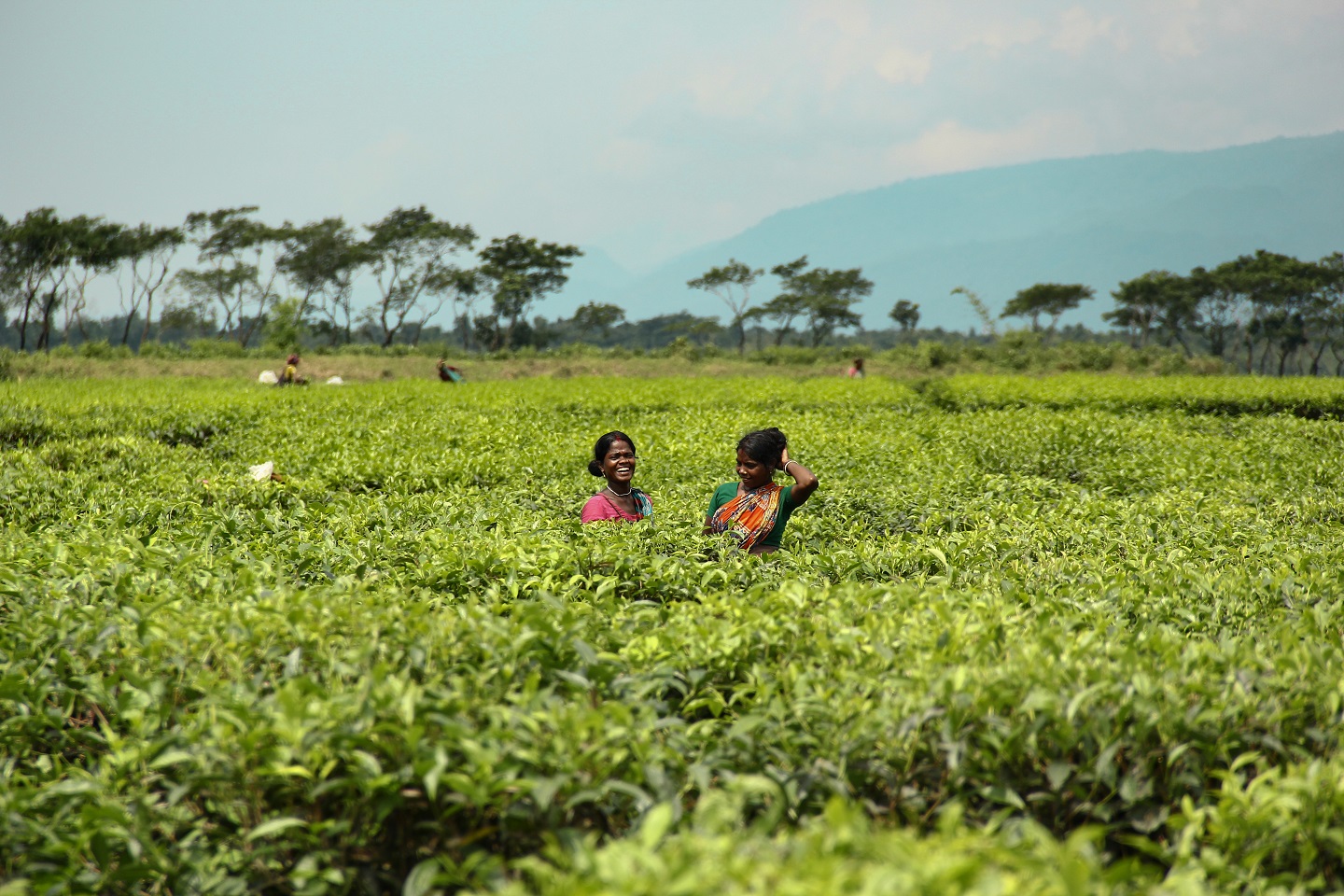
What is the first thing that comes to mind when you hear Sylhet? Mountains? Magnificent waterfalls? It could be many things but for me, it’s tea. Sylhet is known as a place of “two leaves and one bud”. Which is referring to tea leaves. In 1833, the East India Company first started tea cultivation in the Indian subcontinent. The Malnichhara tea garden in Sylhet was established in 1850. The first commercial tea production in the country started in Malnichhara, after four years. Out of 162 tea gardens in the country, Sylhet houses 136.
Tea is the second major cash crop of Bangladesh after jute. According to a report published by the London-based “International Tea Committee”, Bangladesh ranks 9th in the world in terms of tea exports. In 2019, the country recorded the second-highest production in the history of tea cultivation. All in all, this is great news for the tea industry which is worth BDT 3,000 crore!
If we keep talking about my favorite things about Sylhet, there will be no end. Sylhet is a prodigy of nature. It is where you will see the clouds kissing mountains meeting winding rivers. But what makes it distinct and stand out from the other cities in Bangladesh is the amazing manifestation of language, food and culture.

